
Mattson, NPS
Boating, kayaking, canoeing, sailing, rafting, jet skiing, paddleboarding...national parks have plenty of water activities for you and your family and friends to explore! If you do not have a boat of your own, guided trips or rentals may be available within the park.
Your vessel must be registered and licensed according to the laws of the state where the vessel originates from or primarily resides in. Check with your local and/or state boating office before you go to make sure your vessel is properly registered and licensed.
Keep in mind that boating laws and regulations may vary between states and between national parks (e.g. aquatic invasive species protection, fees). It is important that you are aware of and follow the laws and regulations of the state and national park in which you are visiting.
Research the location of launch facilities, marinas, and refueling stations so you know where to put your vessel into the water and obtain supplies. Many parks have this information available. Visit the “Plan Your Visit” section on their park website. If you would like to learn more about planning a trip to a national park, check out our NPS Trip Planning Guide.
Your safety is your responsibility on the water.
-
Always wear your U.S. Coast Guard approved life jacket while boating.
-
Maintain your vessel and operate it responsibly.
-
Don’t drink alcohol or use drugs--it is illegal to operate a vessel while under the influence in national parks.
Failure to follow boating laws and operating your boat in an unsafe manner can result in a citation and your trip potentially terminated by federal law enforcement officers (NPS Park Rangers and the US Coast Guard) or state/local law enforcement officers.
Check out our articles for more information on how to be prepared for boating before you go and during your visit to the park, and what to do if someone goes overboard.
-
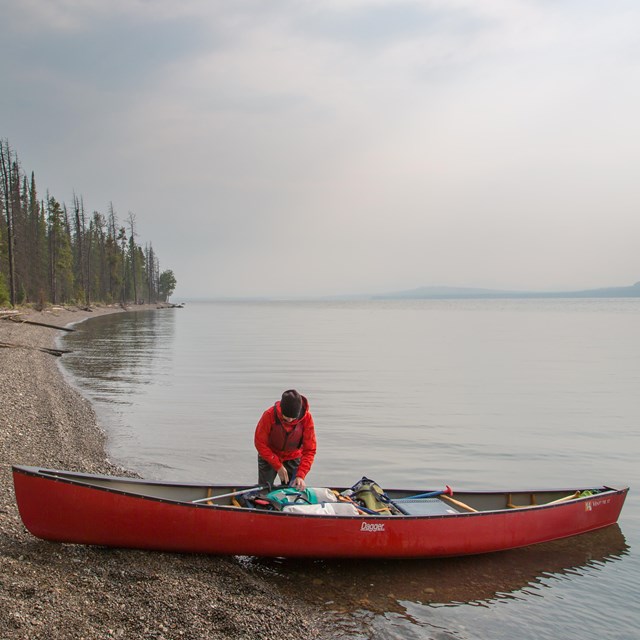 Step 1: Prepare Yourself and Your Vessel
Step 1: Prepare Yourself and Your VesselWhat do you need to know before you get on the water?
-
 Step 2: On the Water at Last
Step 2: On the Water at LastOn the water at last! Learn how to have a fun and safe trip.
-
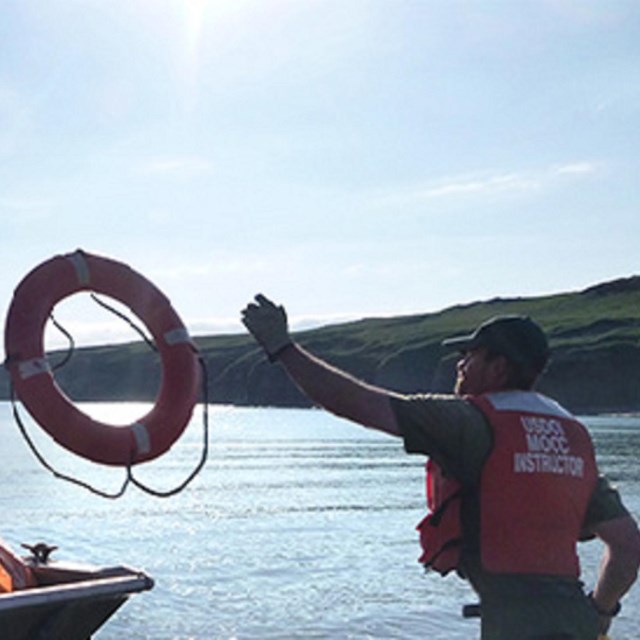 Step 3: Man Overboard!
Step 3: Man Overboard!Learn how to respond if you or someone in your group goes overboard.
-
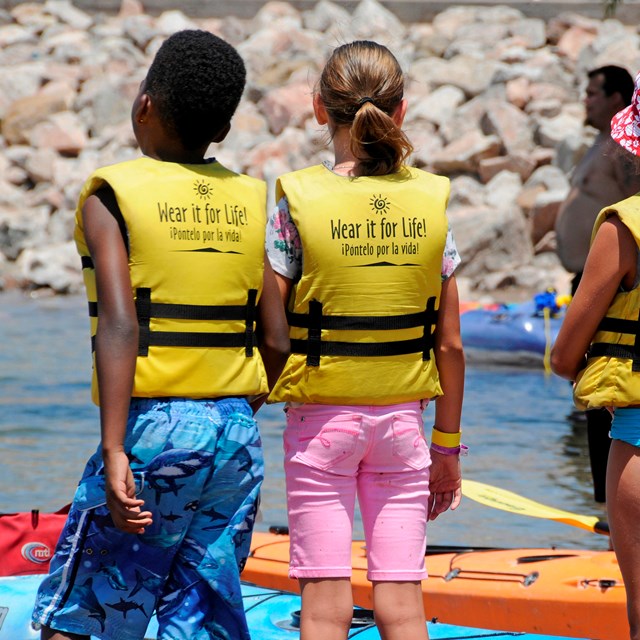 Stay Afloat!
Stay Afloat!Wearing a life jacket can save your life!
-
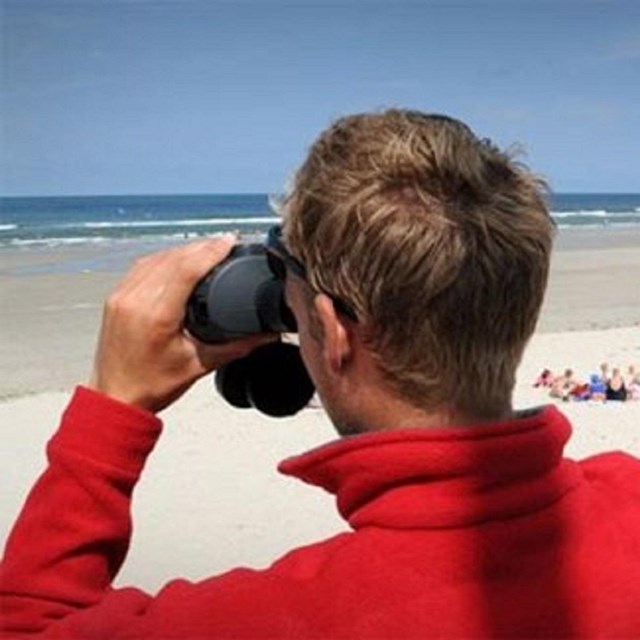 Designate a Water Watcher
Designate a Water WatcherSupervise to help prevent unintentional drownings
-
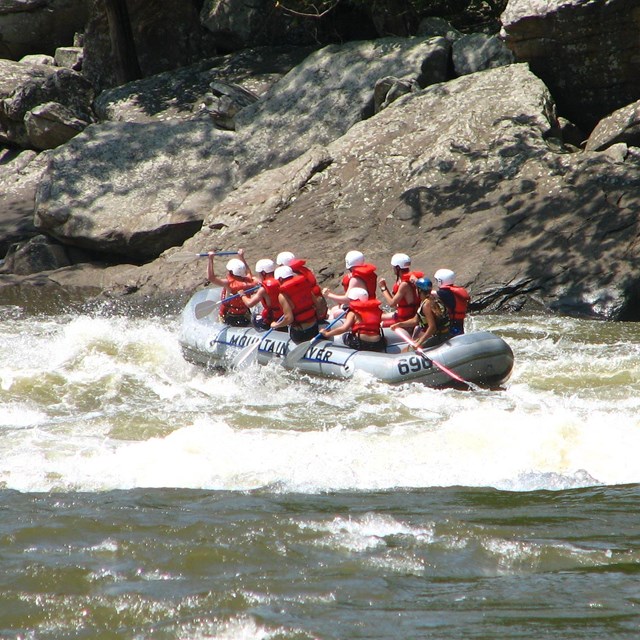 River and Stream Safety
River and Stream SafetyLearn about water hazards, temperature and currents
Last updated: August 7, 2020
